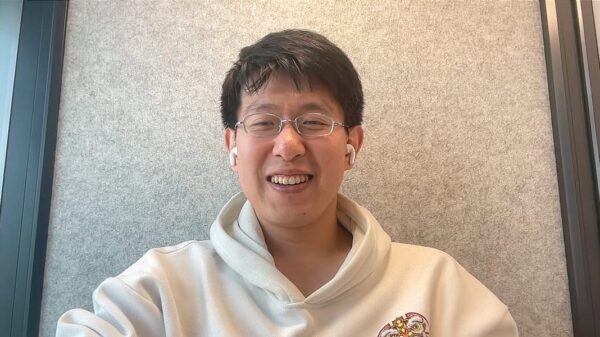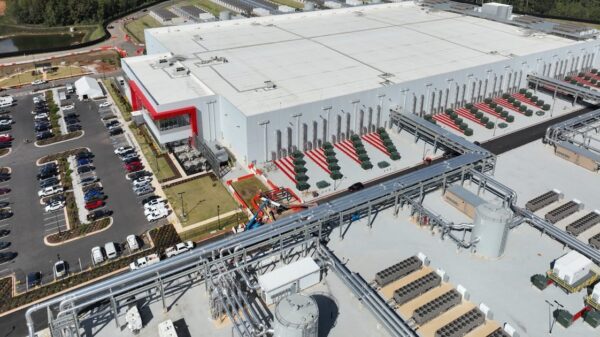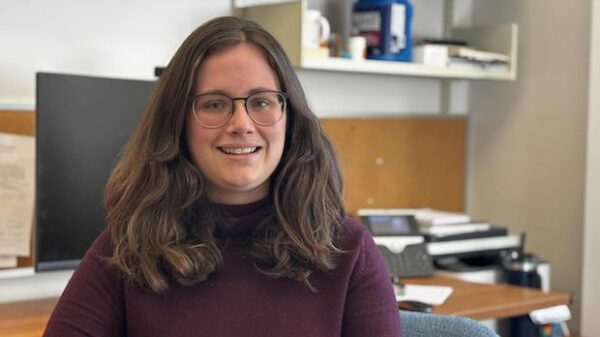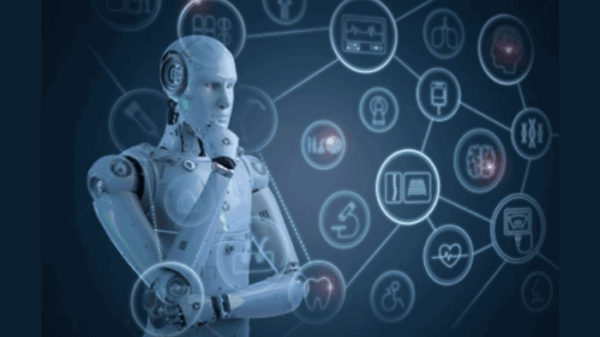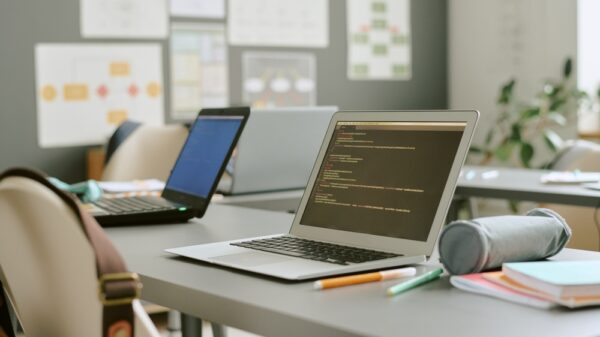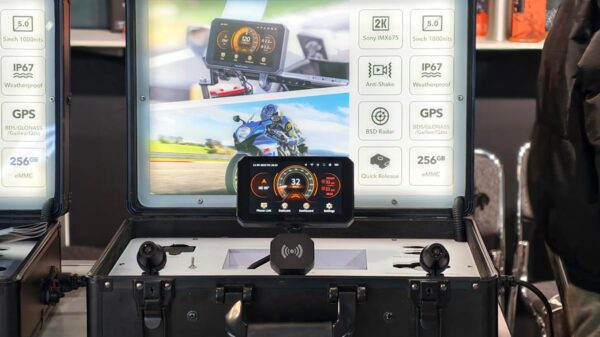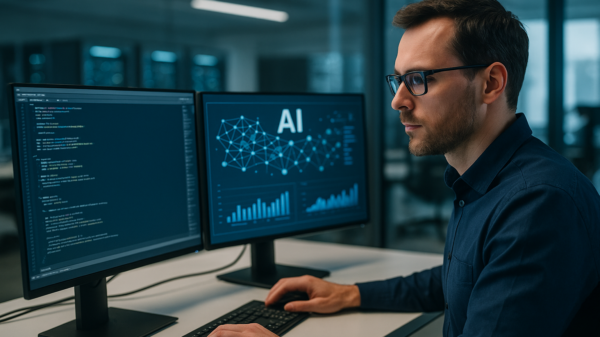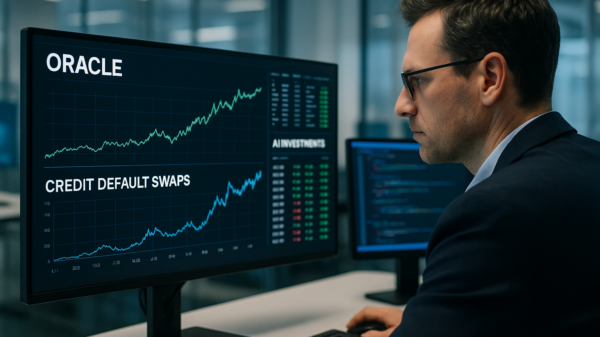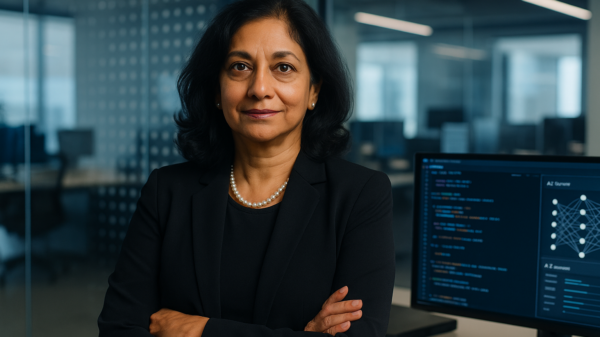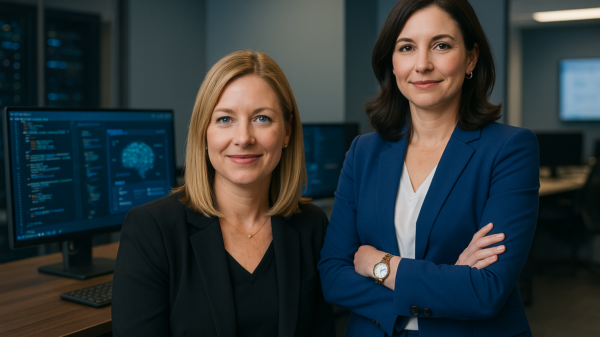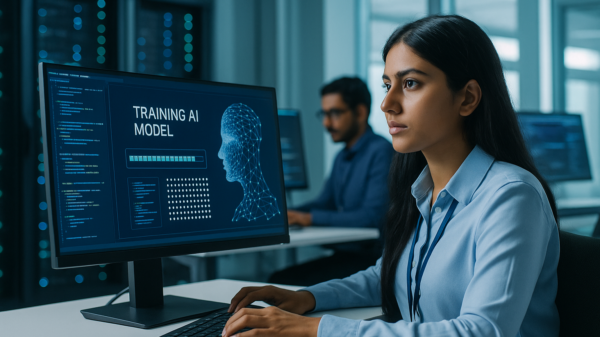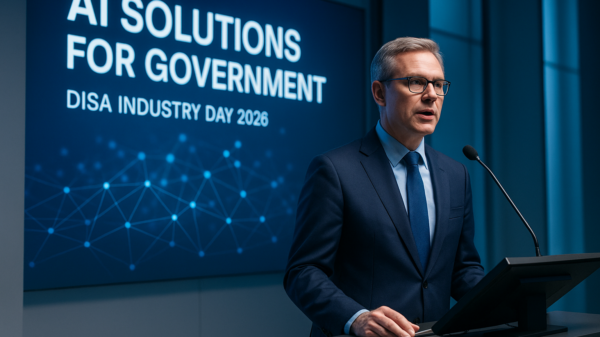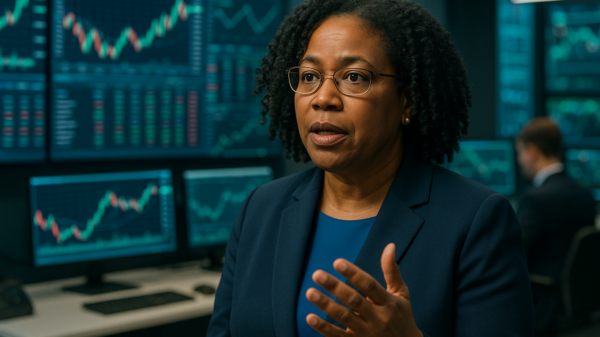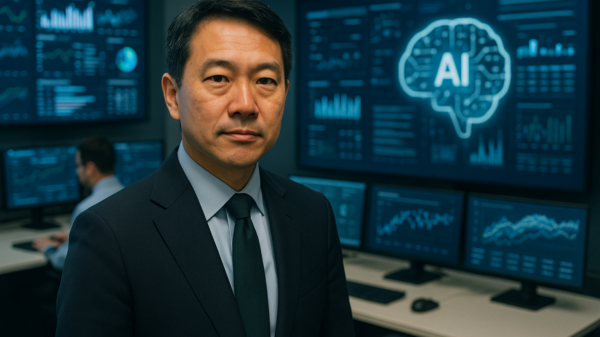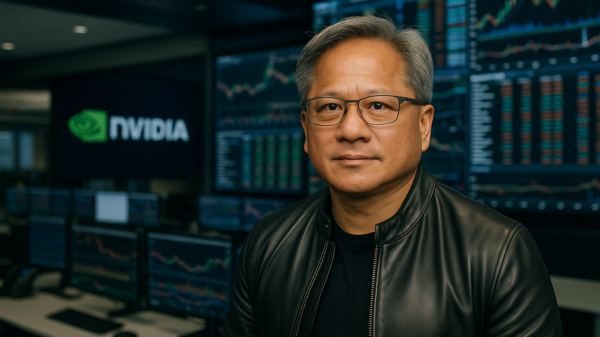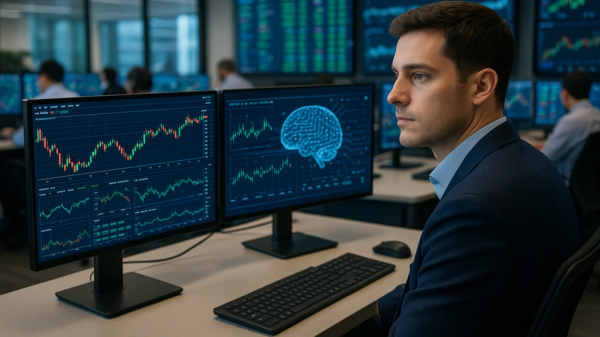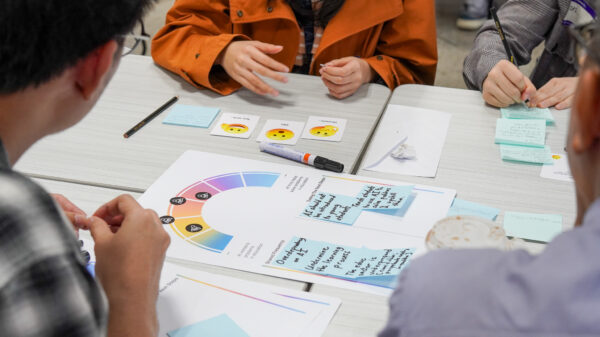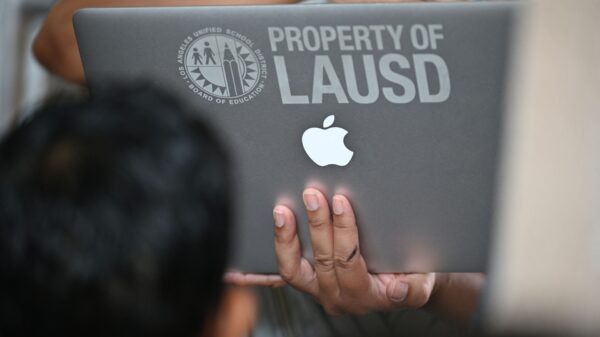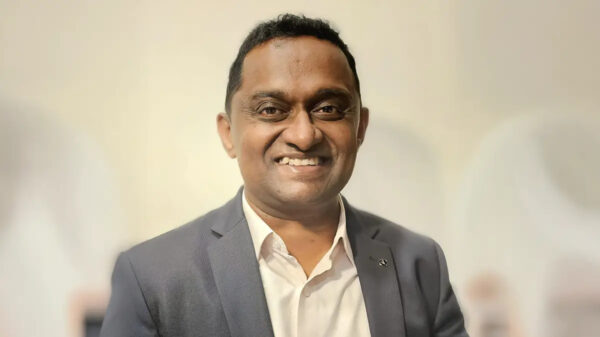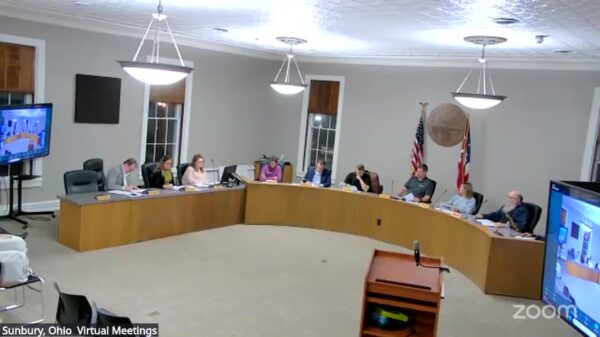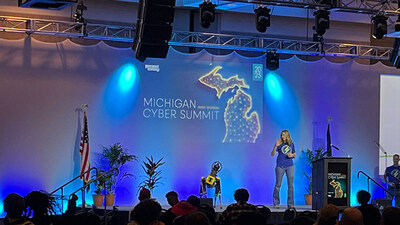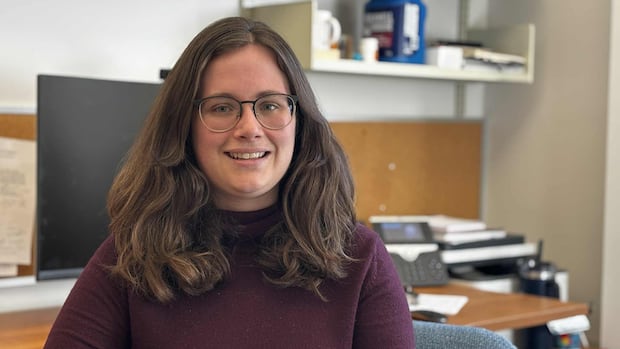In an innovative approach to artificial intelligence, researchers at Western University are tackling a challenging aspect of speech recognition: understanding toddlers. Olivia Daub, an assistant professor in the university’s School of Communication Sciences and Disorders, highlights the complexities of “toddler-speak,” a linguistic territory where even adults struggle to interpret. Her two-year-old son, for instance, has a unique term for blueberries—“doodidees”—that often leaves others baffled. This everyday experience underscores the necessity for AI to improve its comprehension of young children’s speech, which differs significantly from adult communication.
Despite advancements in automatic speech recognition technologies, such as those powering virtual assistants like Amazon’s Alexa, these systems still falter when faced with the speech patterns of toddlers. Daub emphasizes that current AI models are predominantly trained on adult speech, rendering them ineffective in recognizing the idiosyncrasies of younger children’s language. “I think we’ve all seen YouTube clips of a toddler asking Alexa to play a song, and getting something completely different and really inappropriate,” Daub states, pointing to a pressing need for specialized research in this area.
Research Collaboration and Methodology
To address this gap, Daub is collaborating with Soodeh Nikan, an assistant professor in the Electrical and Computer Engineering Department at Western University. Together, they are developing a tailored AI model focused on recognizing and interpreting common speech patterns among toddlers. “Most of the speech models that we have are trained with adult speech, so that’s why most of these models are not very successful in recognizing toddler speech, especially the mistakes that they make,” notes Nikan.
The study involves recording sessions with a sample group of 30 children who will engage in storytelling and play with research assistants. These interactions will be meticulously transcribed by humans to capture the nuances of toddlers’ speech, including common pronunciation challenges like the difficulty many face with the “r” sound, often substituting it with a “w.” The gathered data will be used to inform and train a private AI model specifically designed for this purpose, incorporating additional training data from existing AI resources.
Potential Applications and Future Outlook
While still in its preliminary stages, the ultimate aim of the research is to create an AI tool that could assist speech-language pathologists in analyzing and transcribing children’s speech. Daub acknowledges the limitations, stating, “I don’t think we’ll ever be 100 percent accurate unless we’re following children around for 24 hours a day … but I think we can get a lot closer than where we are at.”
A successful model could have broad implications beyond clinical settings. If AI can accurately interpret preschoolers’ speech, it may enhance technologies like closed captioning and voice-activated systems, providing a more intuitive interaction for children. “We can think really creatively about what these little people can contribute to society. They’re not just consumers of the world around them,” Daub emphasizes, pointing to the importance of granting young children access to technology.
This ambitious project not only represents a significant step in AI research but also opens avenues for more inclusive technological interactions for children, potentially reshaping how young users engage with digital platforms. With Daub and Nikan’s ongoing efforts, the future may see AI models equipped to bridge the communication gap between toddlers and technology, fostering a more understanding interaction in a formative stage of life.
 Microsoft Launches Fairwater AI Superfactory Data Center on 615-Acre Campus Near Atlanta
Microsoft Launches Fairwater AI Superfactory Data Center on 615-Acre Campus Near Atlanta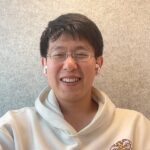 Z.ai Launches GLM 4.5, Surpassing Competitors with Advanced Coding and Role-Playing Features
Z.ai Launches GLM 4.5, Surpassing Competitors with Advanced Coding and Role-Playing Features Lumentum Achieves 58% Revenue Growth, Outpacing Palantir with Cheaper Valuation
Lumentum Achieves 58% Revenue Growth, Outpacing Palantir with Cheaper Valuation Germany”s National Team Prepares for World Cup Qualifiers with Disco Atmosphere
Germany”s National Team Prepares for World Cup Qualifiers with Disco Atmosphere

